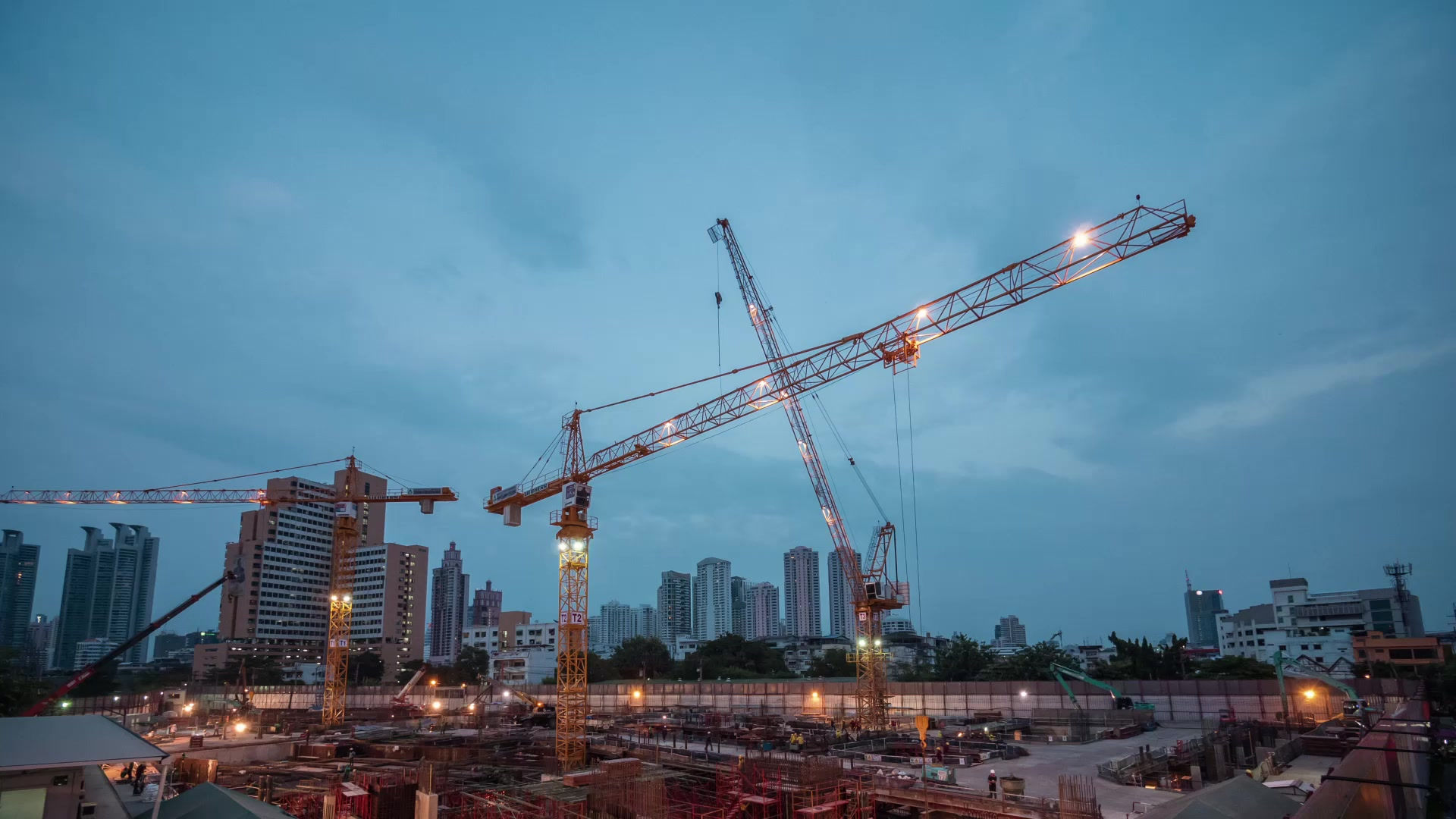Top Construction Trends for Commercial Projects in 2023
- adam 01
- 2 days ago
- 4 min read
Commercial construction is evolving rapidly. New technologies, materials, and design approaches are shaping how buildings are planned and built. Staying current with these trends helps developers, architects, and contractors deliver projects that meet modern demands for efficiency, sustainability, and functionality.
This article explores the key trends that defined commercial construction in 2023. Whether you are managing a new office tower, retail space, or mixed-use development, understanding these trends can guide your decisions and improve project outcomes.
Emphasis on Sustainable Building Practices
Sustainability remains a top priority in commercial construction. More projects now aim to reduce environmental impact through energy efficiency, waste reduction, and responsible sourcing.
Green Materials: Builders increasingly use recycled steel, low-VOC paints, and sustainably harvested wood. These materials reduce carbon footprints and improve indoor air quality.
Energy-Efficient Systems: Installing LED lighting, smart HVAC controls, and solar panels helps lower energy consumption. For example, the Bullitt Center in Seattle uses solar energy and rainwater harvesting to operate almost entirely off-grid.
Certification Programs: LEED and WELL certifications guide sustainable design and construction. Projects targeting these certifications often see higher tenant satisfaction and lower operating costs.
By focusing on sustainability, commercial projects not only protect the environment but also attract tenants who value green buildings.
Integration of Smart Building Technology
Smart technology is transforming commercial buildings into connected, responsive environments. These systems improve comfort, security, and operational efficiency.
Building Automation Systems (BAS): BAS control lighting, heating, ventilation, and security from centralized platforms. This reduces energy waste and allows quick adjustments based on occupancy or weather.
IoT Sensors: Sensors monitor air quality, temperature, and foot traffic. Data collected helps facility managers optimize space usage and maintain healthy indoor environments.
Access Control and Security: Biometric scanners and mobile credentials replace traditional keys and cards, enhancing security and convenience.
For example, the Edge building in Amsterdam uses thousands of sensors to create a highly efficient workspace that adapts to occupant needs in real time.
Modular and Prefabricated Construction
Modular construction gained momentum in 2023 due to its speed and cost advantages. Prefabricated components are built off-site and assembled quickly on-site, reducing delays and waste.
Faster Project Delivery: Modular units can be constructed simultaneously with site preparation, cutting overall timelines by up to 50%.
Improved Quality Control: Factory conditions allow precise manufacturing and reduce errors common in traditional construction.
Flexibility: Modules can be customized and reconfigured, making them ideal for offices, hotels, and healthcare facilities.
A notable example is Marriott’s use of modular construction to build hotel rooms faster while maintaining high quality standards.

Focus on Health and Wellness Features
The pandemic shifted attention to health and wellness in commercial spaces. Buildings now incorporate design elements that promote occupant well-being.
Improved Ventilation: Enhanced HVAC systems increase fresh air circulation and filter airborne contaminants.
Natural Light and Biophilic Design: Large windows, indoor plants, and natural materials create calming environments that boost productivity.
Touchless Technology: Automatic doors, voice-activated elevators, and sensor-operated faucets reduce contact with surfaces.
These features help create safer, more comfortable workplaces and public spaces, which can improve tenant retention and employee satisfaction.
Use of Advanced Building Materials
New materials are changing how commercial buildings perform and look. Innovations focus on durability, energy efficiency, and aesthetics.
High-Performance Glass: Electrochromic glass adjusts tint based on sunlight, reducing glare and cooling loads.
Self-Healing Concrete: This material contains bacteria that produce limestone to fill cracks, extending the lifespan of structures.
Lightweight Composites: Fiber-reinforced polymers offer strength with less weight, enabling creative architectural designs.
These materials help buildings last longer, use less energy, and stand out visually.
Embracing Digital Tools and BIM
Digital tools streamline design, construction, and facility management. Building Information Modeling (BIM) is now standard for many commercial projects.
3D Modeling and Visualization: BIM allows teams to visualize projects before construction, reducing errors and improving coordination.
Clash Detection: Identifying conflicts between systems early prevents costly rework.
Lifecycle Management: BIM data supports maintenance and renovations long after construction ends.
For example, the Hudson Yards development in New York used BIM extensively to coordinate complex systems and phases.
Resilient Design for Climate Adaptation
With climate risks increasing, commercial buildings are designed to withstand extreme weather and environmental changes.
Flood-Resistant Foundations: Elevated structures and waterproof materials protect against flooding.
Heat-Resistant Materials: Reflective roofing and shading reduce heat absorption.
Emergency Systems: Backup power and water supplies ensure building operation during outages.
Designing for resilience protects investments and occupant safety in uncertain climates.
Flexible and Adaptive Spaces
Commercial tenants want spaces that can change with their needs. Flexible layouts and multi-use areas are in demand.
Movable Walls and Partitions: These allow quick reconfiguration of offices or retail spaces.
Shared Amenities: Co-working areas, conference rooms, and lounges support diverse activities.
Mixed-Use Developments: Combining retail, office, and residential functions creates vibrant, walkable communities.
Flexibility helps buildings stay relevant and attractive over time.
Conclusion
Commercial construction in 2023 focused on sustainability, technology, health, and adaptability. Projects that embrace these trends deliver better value, reduce environmental impact, and meet evolving tenant expectations.
If you are planning a commercial project, consider how these trends can improve your design and construction approach. Staying informed and open to new methods will help you build spaces that last and perform well in the years ahead.



Comments